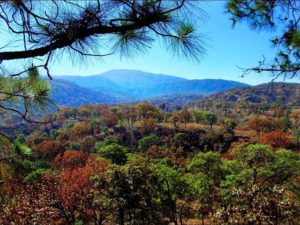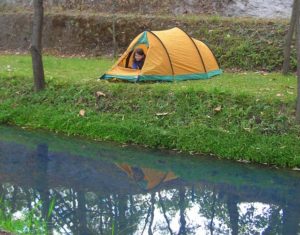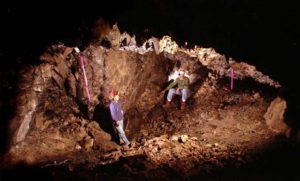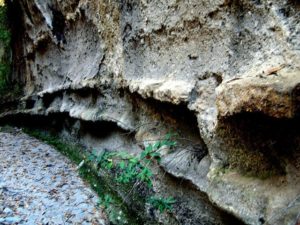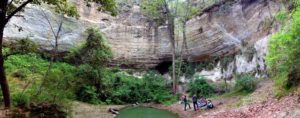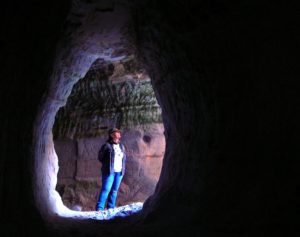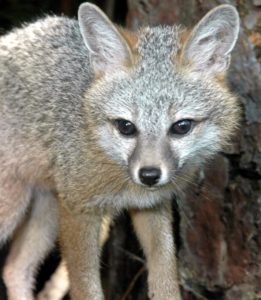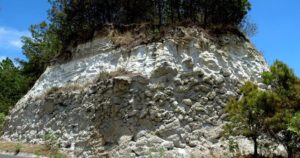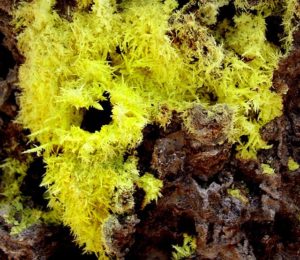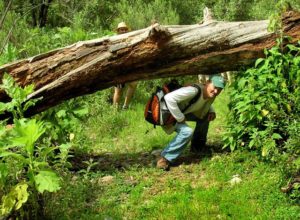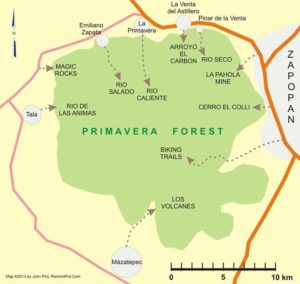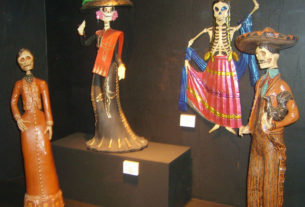A Mexico book by Silvia Zalapa, Edgar Godinez and Sergio Guerrero
2013 saw the launching of a new book describing the mammals of Jalisco’s Primavera Forest, located just west of the city of Guadalajara. Mamíferos del Bosque La Primavera, Guía Ilustrada (in Spanish) has 112 pages and 60 color photographs. The authors are three biologists — Silvia Zalapa, Edgar Godinez and Sergio Guerrero.
Several hundred friends of the forest gathered at the Librería Luis Martínez in Guadalajara to hear the authors describe the process by which they have succeeded in positively identifying 58 species of mammals living in the Bosque.
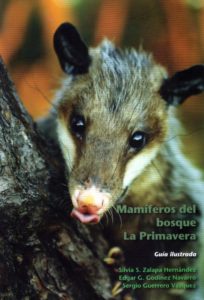
As recently as 2008, it was thought that only 38 kinds of mammals inhabit this pine and oak forest. Now, with the help of infrared cameras, animal-friendly box traps and even mist nets, Forest Service personnel have a much better idea who their guests are. Of course, as we may expect, there are deer, rabbits, skunks, foxes, raccoons, possums and plenty of mice. More surprising, we learn that the woods also house pumas, lynxes, armadillos, ringtails, white-nosed coatis, and a curious creature called the North American Least Shrew (Cryptotis parva) which is less than 10 centimeters long.
Of course, the least visible of all the mammals are bats. You might assume that not a lot of these flying mammals would be flitting about the Bosque at night. Well, these researchers discovered the opposite. When they put up mist nets, they found 26 species of bats, including insect eaters, pollen eaters and several kinds of large fruit bats. They also found vampire bats as well as the celebrated species that pollinates the teqila agave: Leptonycteris yerbabuenae, now considered endangered. The use of mist nets requires investigators to hang out nearby, all night long, in order to get the bats out of the nets as soon after they are caught as possible. The authors of this book obviously put in a great deal of time and lost a lot of sleep in order to carry out this study so well.
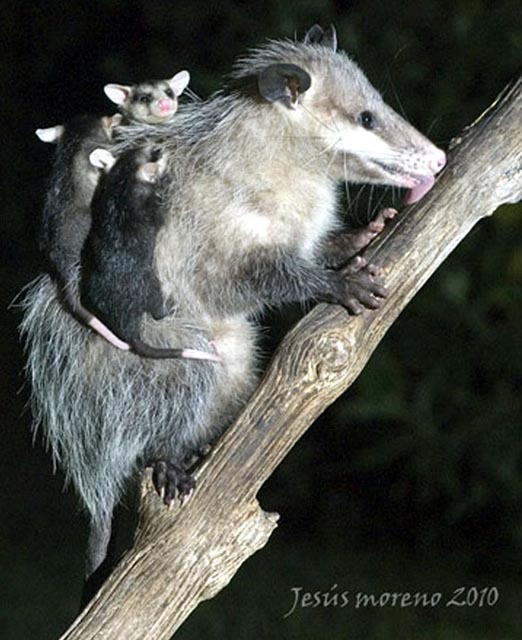
Unfortunately, this guide does not include the drawings of animal tracks and scat which made an earlier — sadly, no longer available — volume on Primavera mammals (by Karina Aguilar) so attractive and practical. It must also be mentioned that aesthetically speaking, most of the photos are mediocre at best and not very useful for ID purposes. The authors might have benefited greatly from the help of Jalisco nature photographers who have taken far better pictures of these same animals. Lastly, again on the negative side, Mamiferos has no alphabetical index, forcing ordinary readers to thumb through the entire book each and every time they look for a certain animal.
In spite of these things, the book represents a major step forward towards creating a realistic list of the forest’s wildlife and you certainly can’t beat the price: for the moment, it is free for the asking.
Books produced by Mexican government agencies and universities are typically impossible to find a year after they’ve been published. One would almost think those books were created exclusively for the book-launching ceremony with no intention of ever making them available to readers. Perhaps someday a single Internet site may be created where all such works could be available in the form of PDF files or even as ebooks.
Since this dream web site is not likely to appear in the next few days, you’d best act quickly, before Mamiferos del Bosque vanishes like its predecessor. For the moment, you’ll find it at the Forest Service headquarters in Guadalajara (in the CONCENTRO Complex, Av. Vallarta No. 6503 at the Periférico). They’re open from 9 a.m.to 4 p.m. weekdays, 9 to 2 on Saturdays, Tel. (52) 333 110-0917.

